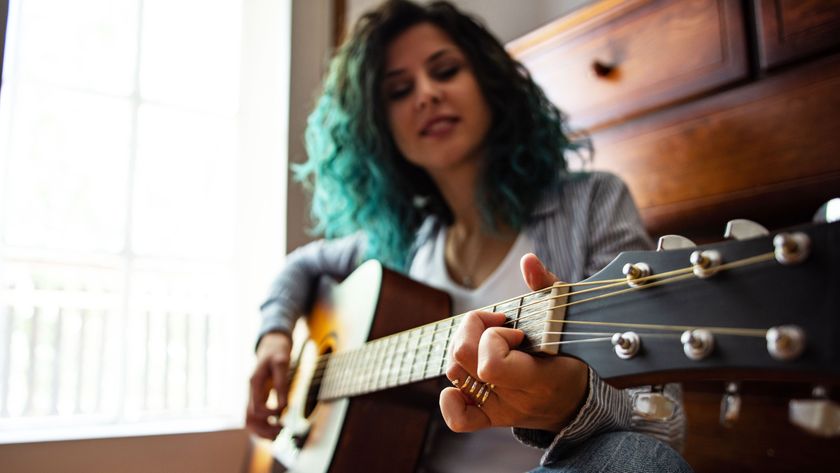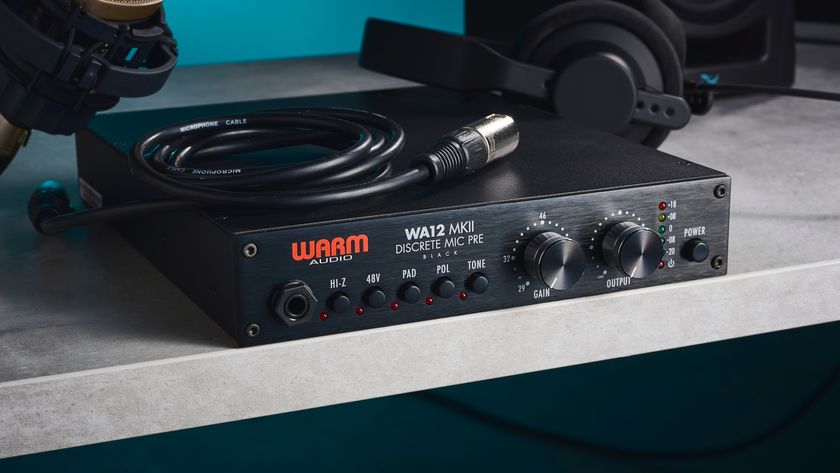"Like Jimi Hendrix before him, John Mayer is not averse to bringing his thumb in for chord fretting duties": Here's some of that and more with 4 Mayer chords to try
Waiting on the D/F# to change
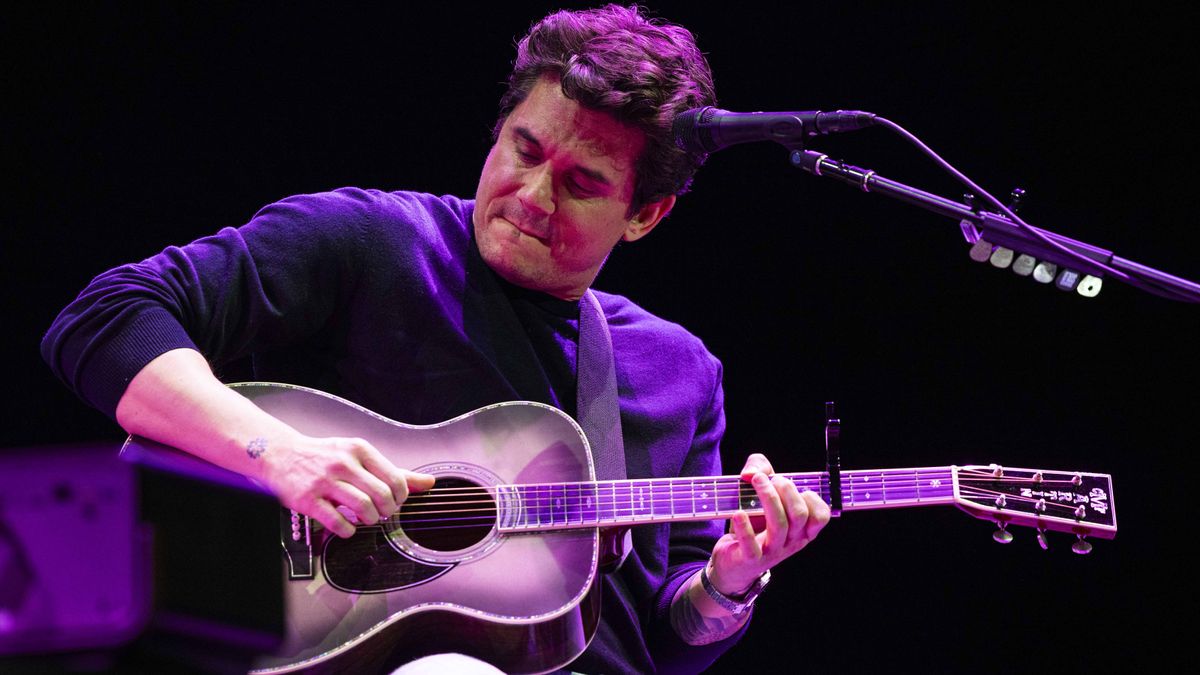
In this installment of our signature artist guitar chords series we're focussing on one of the most famous guitar players in the world right now, who also happens to be an incredibly gifted one too. We're honing in on chords that John Mayer uses to enhance some of the greatest songs in his catalogue.
And like Jimi Hendrix before him, John Mayer is not averse to bringing his thumb in for chord fretting duties.
E Maj9
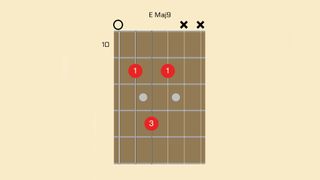
This particular chord voicing features in the track No Such Thing. John makes use of the open E string, placing the root note an octave below its usual spot at the 12th fret. You can also try alternating between this chord and an A Maj9 by moving the whole shape up one string, then adding your 2nd finger to 12th fret to compensate for the tuning.
B add11
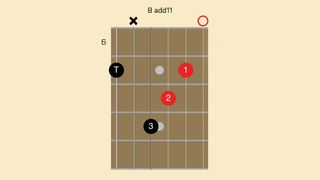
John Mayer often uses his thumb to fret the 6th string, which has a different sound to the 1st finger barre technique. As well as fretting the note, gently touch your thumb against the 5th string in order to keep it muted; this will allow you to strum across all the strings. This chord shows up in ‘Slow Dancing in a Burning Room’ and the open E string adds a colourful ‘11th’ interval to what is otherwise a standard B triad.
D/F#
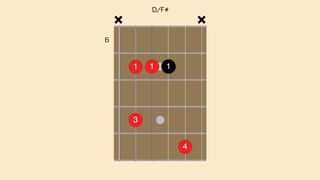
John’s rhythm style is very much influenced by Jimi Hendrix and this chord from Waiting On The World To Change is a cool example of a Hendrix inversion which brings to mind The Wind Cries Mary. In this shape the major 3rd of the chord is the lowest note, which makes it a 1st inversion.
Add some extra classiness by extending your 1st finger barre to the 5th string and hammering on with your 3rd finger as soon as you strum.
Dmaj7
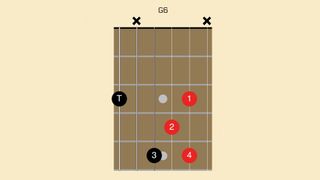
This chord shape works well in ballads such as Gravity and features the thumb over the top of the neck, fretting the root note. You may need to experiment with a more blues rock hand angle to become comfortable with this as a straight handed ‘classical’ position will probably feel unnatural.
Get the MusicRadar Newsletter
Want all the hottest music and gear news, reviews, deals, features and more, direct to your inbox? Sign up here.
You can keep your 1st finger on the 3rd fret throughout, and use 4th finger to hammer-on to the 5th fret, adding Major 6 interval to the G triad sound.

